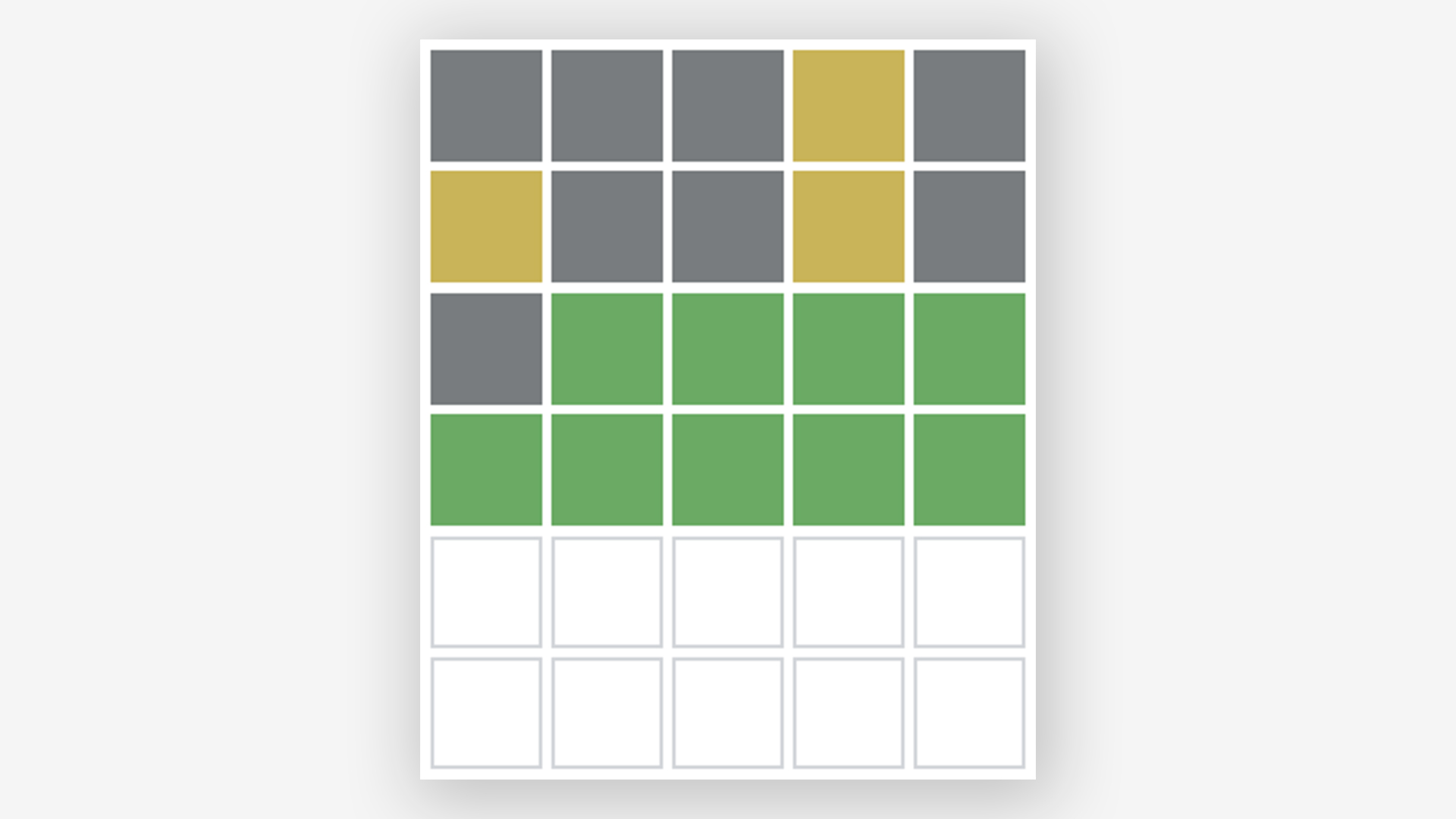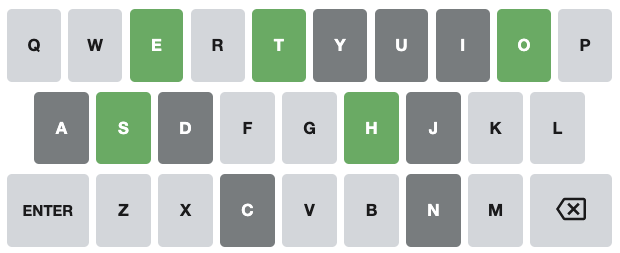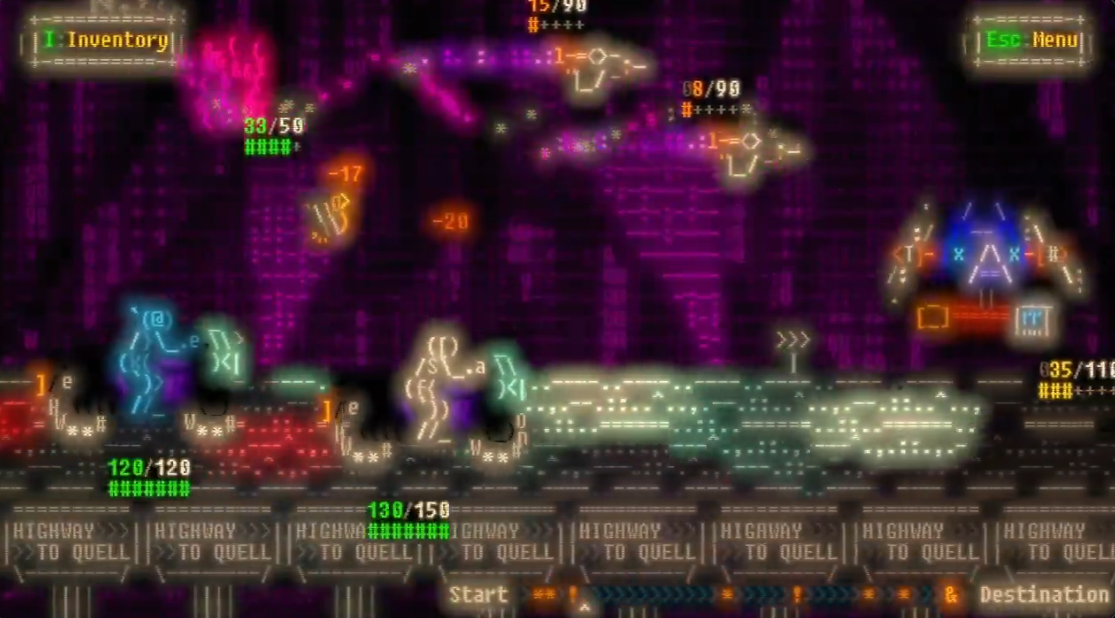4 Wordle features we really don't want to lose
Take note, New York Times.
Ah, Wordle. It's the phenomenally popular daily web-based puzzle game that seemed to make these unprecedented times slightly more okay. Today's news that it's been bought by the New York Times has the internet both nervous and excited about Wordle's future – and there are some pretty strong feelings flying around.
Fans are worried about their favourite five-letter word puzzle growing more complicated, becoming infested with ads and, most pertinently, ending up behind a paywall – and while it's too early to tell what's in store, we can certainly understand users' concern. Here's what we don't want to change. (Inspired to create your own game that might eventually sell for seven figures? Check out the best web design tools.)
01. Keep it simple

The beauty of Wordle is, of course, its simplicity. From the greyscale colour scheme (aside from those all-important orange and green letters), there's something almost meditative about staring at such a simple UI. We just hope the New York Times version of Wordle doesn't throw all manner of colourful distractions (such as ads) into the mix. We wouldn't be surprised to see Wordle somewhat reimagined in NYT's house style – but thankfully, that's pretty black-and-white too. It just might involve some new typography.
Want to learn more about UX and UI? Don't miss our UX design foundations course.
02. Keep it awkward

While the UI might be simple, part of the charm of Wordle is that it doesn't make things too easy for us. Know that the third letter of the word is an 'O'? You can't just plonk it in there for ease and work around it – you've got to start from the beginning. This forces you to visualise the whole word in your head, and that's where the real brain exercise begins. Wordle also won't tell you if a letter you've guessed correctly features more than once. It's touches like this that ensure every day's word is sufficiently challenging.
03. Keep it daily
With so much content at our fingertips these days, part of the joy of Wordle is its scarcity. Perhaps what's kept millions of users coming back day after day is the briefness of the experience – one you've found the word, that's it until tomorrow. We hope this stays the case, and NYT doesn't decide to throw in a bunch of extra challenges.
04. Keep it free
As the fairytale goes, Josh Wardle created Wordle for his girlfriend who loved word games, and shared his gift with the world for free. Along with the fun and simplicity of the game, the 'freeness' is of course part of the appeal, creating a sense of community that leaves nobody excluded – Wordle is for everybody.
Daily design news, reviews, how-tos and more, as picked by the editors.
An update on Wordle pic.twitter.com/TmHd0AIRLXJanuary 31, 2022
Wardle's Tweet says that Wordle will "be free to play for everyone". The New York Times' statement says, "At the time it moves to The New York Times, Wordle will be free to play for new and existing players, and no changes will be made to its gameplay." That "at the time" detail is a little worrying – we hope the game remains free for a long as it lives on the New York Times.
Time will tell whether everyone's favourite word game will retain its popularity when it moves house, but one things's for sure – it's already brightened up the start of 2022. Looking for a slightly more advanced gaming experience? Check out the best Nintendo Switch deals.
Read more:

Daniel John is Design Editor at Creative Bloq. He reports on the worlds of design, branding and lifestyle tech, and has covered several industry events including Milan Design Week, OFFF Barcelona and Adobe Max in Los Angeles. He has interviewed leaders and designers at brands including Apple, Microsoft and Adobe. Daniel's debut book of short stories and poems was published in 2018, and his comedy newsletter is a Substack Bestseller.
